I'm trying to understand how this circuit works:
The solution says that the source and drain exchange roles depending on the value of \$V_X\$.
For case 1:
$$ 0 < V_X < 1 $$
$$V_{TH} = 0.7V$$
the following equations are: $$V_{GS} = 1.9 - V_X $$ $$V_{DS} = 1 - V_X $$ $$V_{OD} = 1.2 - V_X $$
For this case, I'm assuming the drain and sourced switched roles. So the source is at \$V_X\$. What I don't understand for this case is this equation: $$ V_{DD} = 1.2 - V_X $$
For the next case:
It doesn't specify but I assume when $$ V_X > 1 $$ $$ V_{TH} = 0.7V$$
the following equations are: $$V_{GS} = 1.9 - 1 $$ $$V_{DS} = Vx - 1 $$ $$V_{OD} = 0.9 - 0.7 $$
Again I do not understand this equation: $$V_{DD} = 0.9 - 0.7 $$
Also, how do you determine if the source and drain switch roles?
EDIT: Made a mistake, it wasn't \$V_{DD}\$ it was \$V_{0D} = V_{GS} - V_{TH}\$. So my only question is how do you know if the source and drain switch roles?
